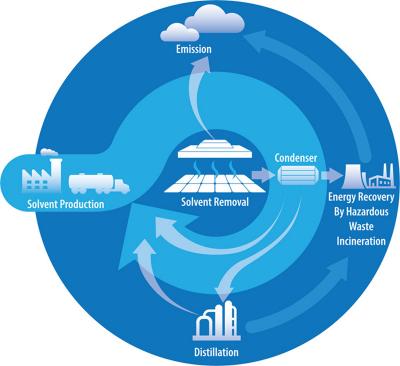New additive enables perovskite solar modules with 19.2% efficiency
Researchers from the University of North Carolina have developed a mini perovskite solar module with a power conversion efficiency of up to 19.3% efficiency based on a novel approach for interface engineering.
The new device was created using a new technique for stabilizing the embedded perovskite-substrate interfaces in the solar cells. Common approaches, the researchers explained, had previously focused on stabilizing perovskite-metal electrode interfaces through surface passivation or post-fabrication treatment. 'Degradation of perovskite solar cells starts from the interfaces, including both perovskite-metal electrodes and perovskites-substrates, where defects enrich,' the team stated in the new paper. 'Stabilizing the embedded bottom interfaces is as important as that of [the] top interface.'








